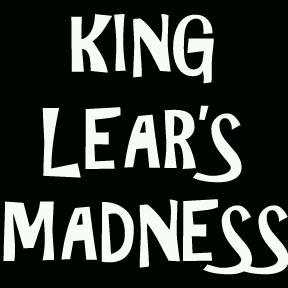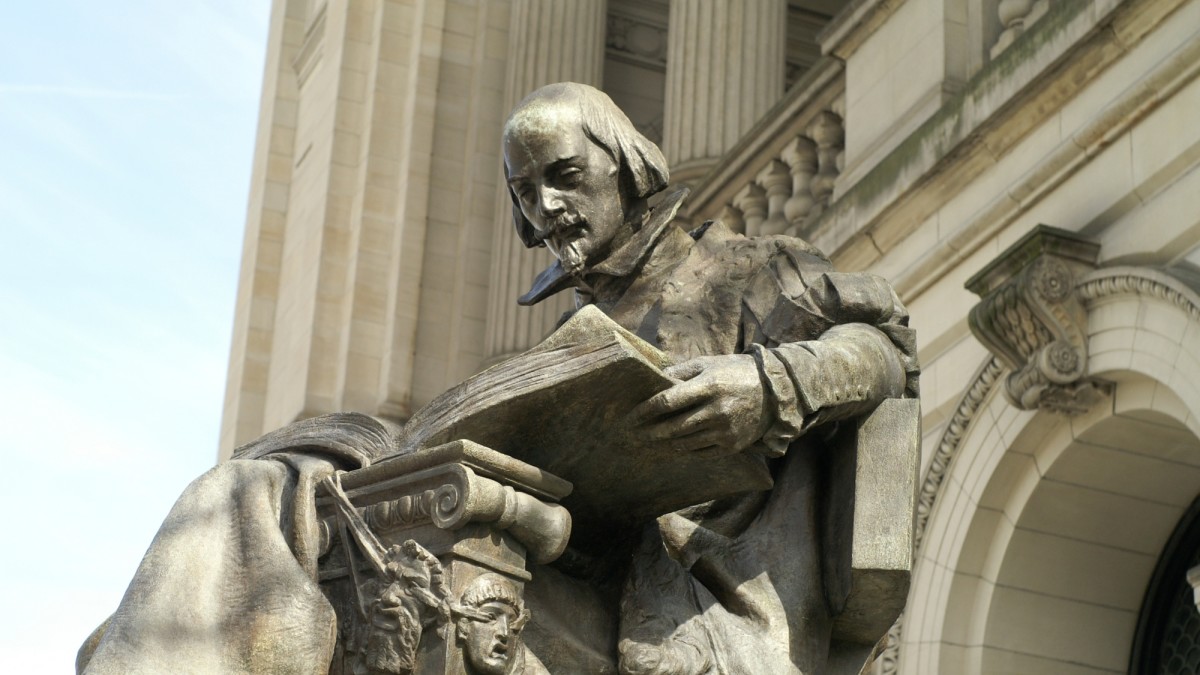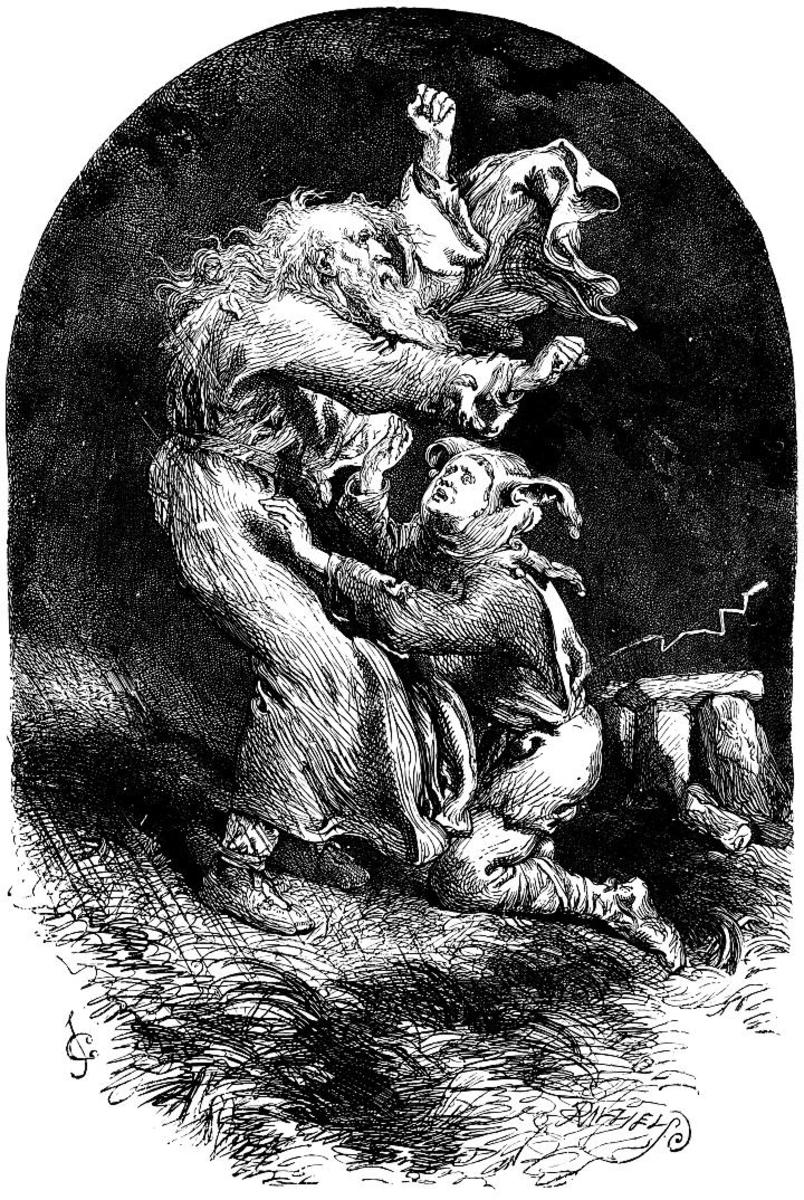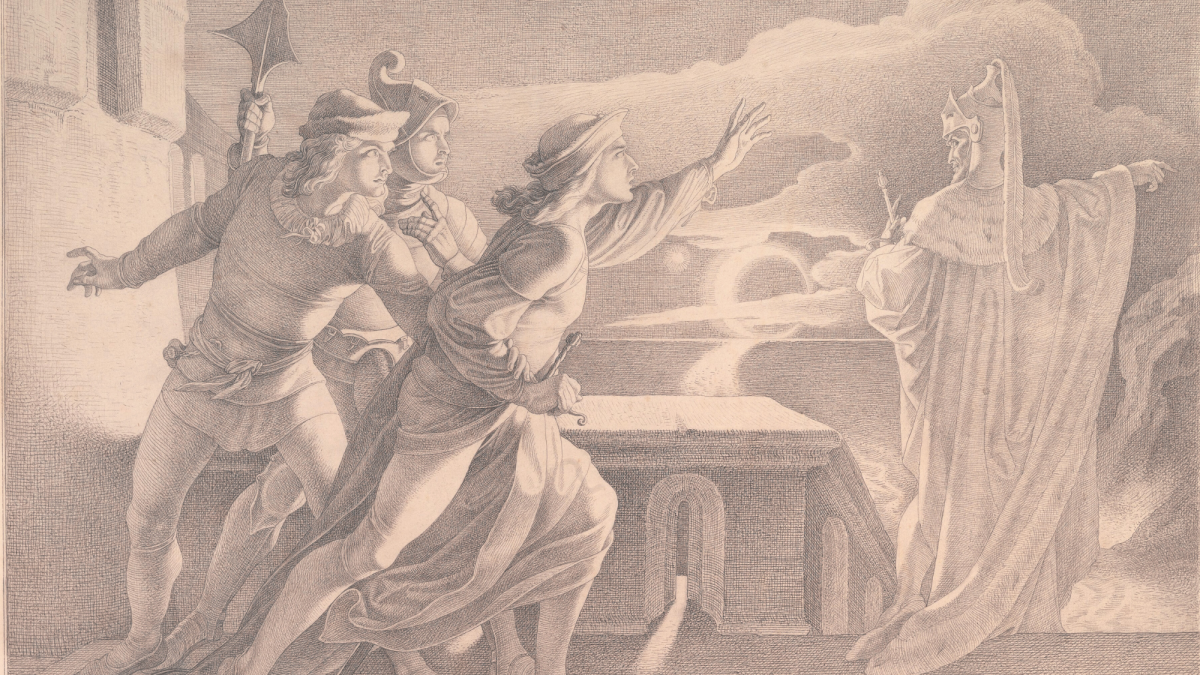- HubPages»
- Books, Literature, and Writing»
- Literature»
- English Literature
Summary of Themes in Shakespeare's King Lear: Love, Power, & a King's Descent into Madness

It is King Lear’s decision to act in haste that literally plots the trajectory for his descent into madness. Thus progresses the highly transparent emotions of a very mad king.
Act I: Power
The descent into madness displayed by King Lear in William Shakespeare’s King Lear, is an effective plot device that highlights the loss of reality experienced by the King. From division of power to the treachery that follows, it is the shock of misplaced love that prompts King Lear's rash decision-making. From the deterioration that follows, a parallel can be drawn between King Lear and the Fool that enters into his confidence who not only plots the course for King Lear’s ultimate insanity, but provides the reader with a clever plot device that makes Lear’s destruction that much more reflective.
Act I begins with King Lear planning the division of his kingdom between his three daughters, Goneril, Regan, and Cordelia. The play commences that he has decided to base his divisions of land and wealth on the love that his daughters profess for him. The daughter that loves him the most, gets the most, in other words. As if this reasoning wasn’t sound enough for the divisions of land and people, he becomes enraged by his youngest and most favored daughter, Cordelia, when she refuses to profess anything more for him than that she loves him as any daughter should, to a proper degree and no more. This simply isn’t good enough for Lear who becomes outraged by her words and to the daughters that fawned incessantly for their father’s power, Goneril and Regan, Lear gives each their half of Britain.
It is King Lear’s decision to act in haste that literally plots his descent into madness. With the land given to his daughters, Lear fundamentally steps down from his mantle of any authority whatsoever, which ultimately, as their true treachery opens, gives his daughters the ability and means with which to not only dethrone their father by means of his generosity, but strip him of any and all power that he could have held as former king of Britain. And with that mantle stripped from his shoulders, so too, does Lear find that even such basic necessities as food and shelter have been stripped from him as well.
Symbolically, a reader could draw a clear conclusion from this moment that King Lear acted based on a falsity that he should have known existed by the innate characters of his eldest daughters. In declaring his motives, Goneril and Regan glimpsed the power and opportunity that dangled within their grasps and sought to steal it from their father by professing what he wanted to hear—and then sought to destroy him entirely. But it was not from either Goneril or Regan that Lear wanted to hear these professions. Indeed, he believed that as he favored Cordelia the most, that she too would share the same affection and hold him as high in her heart as she was held in his.
But, despite what she truly felt for her father, Cordelia wanted no part in Lear’s decision to dole out the kingdom of Britain based on amorous words alone. She refuses to play as her father requests and is treated to his wrath instead, losing out on any part of his kingdom and her inheritance. From this moment, a reader can look deeper into the character of King Lear and understand the sorrow that lies beneath the mantle of the forlorn king. Lear’s decision, bad though it was, was based on the anguish that struck him by finding out that his beloved Cordelia did not feel excessive devotion towards her father.
But this is not the only means with which to analyze the character of King Lear. By the end of Act I, the reader is introduced to a character known as the Fool who comes into the play with the impudence to declare to King Lear that he has essentially made a literal fool of himself, and the biggest mistake that a king can make by handing out his kingdom to two deceitful daughters. From this, though at first the Fool seems to be speaking random and nonsensical gibberish, it isn’t entirely surprising when Lear’s daughters are inept to rule without causing disorder and the ultimate destruction of Lear’s own life. As could be expected, the daughters that professed their undying love for him, did not actually love or care for him at all—all they cared for was the power that he held and was willing to give away to the highest bidder.
Act II: Treachery
By the middle of Act II, the treachery to destroy King Lear and the kingdom that he once held is in full effect. Little is seen of Lear himself as the reader is drawn into the politics of deceit and the “proper” ruling of kingdoms. It is from these proceedings, however, that a reader is introduced to the full folly of King Lear’s decision to give his land to the daughters who only saw power when he sought their love. And, it is from this moment on that a reader can truly get the full sense of Lear’s decent into madness.
But it can hardly be said that King Lear is purely about a bad decision made by a king who only wanted the love of his daughters. The central theme follows the degradation of King Lear’s character into insanity as paralleled by the actions and relationship of Lear to the Fool. One need not even literally compare King Lear to the Fool, or call him a fool, as the relationship serves to highlight the greater purpose of Lear’s descent into utter insanity. Clearly, by acting in anger, Lear was foolish, but his ultimate insanity and destruction of his kingdom are better served by citing the Fool as the great parallel to Lear—the fool, here, is King Lear, and yet the Fool enters and exits his life as a device to serve as his cognizant conscious while his world crumbles around him and his own sanity comes into question.
Essentially, the Fool serves as a thematic device to propel King Lear’s mistakes into the forefront of the plot itself. His mistakes, his rage, all become very clear to an audience because the Fool literally speaks of them directly to Lear himself, even taking King Lear into his confidence to recognize his predictions for the kingdom. The Fool, serving like a cartoon evil conscious sitting on Lear’s shoulder, serves to inform him of his foolish decisions.
Overall, the story of King Lear can be said to be a poignant one. By the middle of Act II, a reader can see the full treachery that has befallen Lear by his haste to believe Goneril and Regan in their professions of affection for him—and ultimately more so, because his beloved Cordelia refused to play the game that he wished her to play. It is from this haste that King Lear casts not only the entire kingdom of Britain, but himself, into ruin—and, ultimate, insanity. And, to make this point even more clear, William Shakespeare added the Fool into the mix as a clever device to plot the destruction and madness of King Lear as it unfolded, speaking it literally for the audience, and for King Lear, despite his refusal to understand the mistake that he had made until Lear is too far gone to hear his council anymore.
Reference
Seely, John. (Ed.). (2000). King Lear. (2nd Edition). Portsmouth, New Hampshire: Heinemann.









